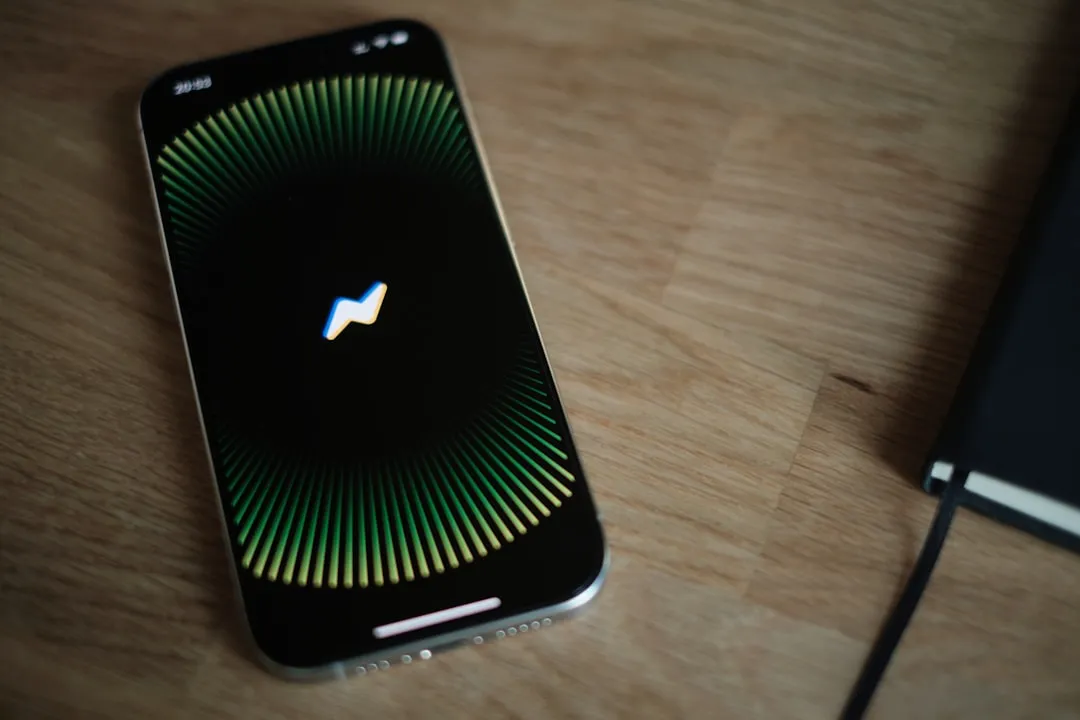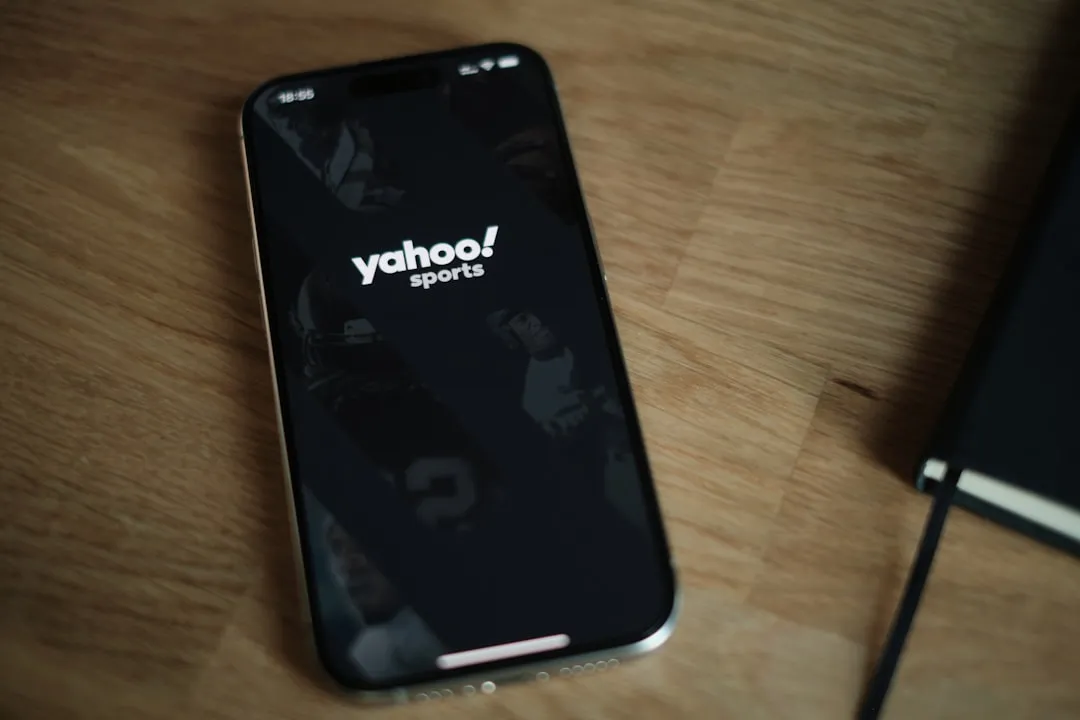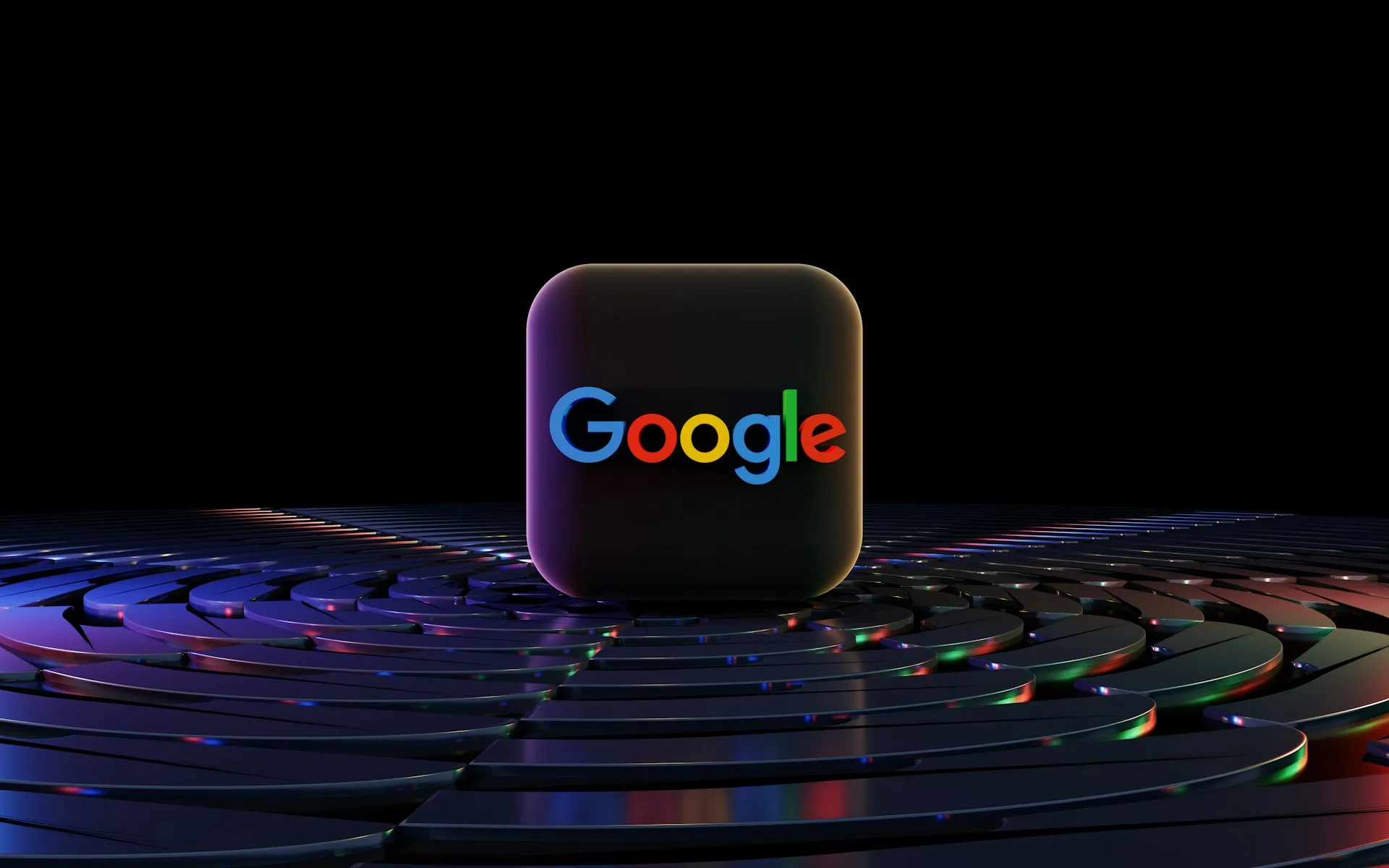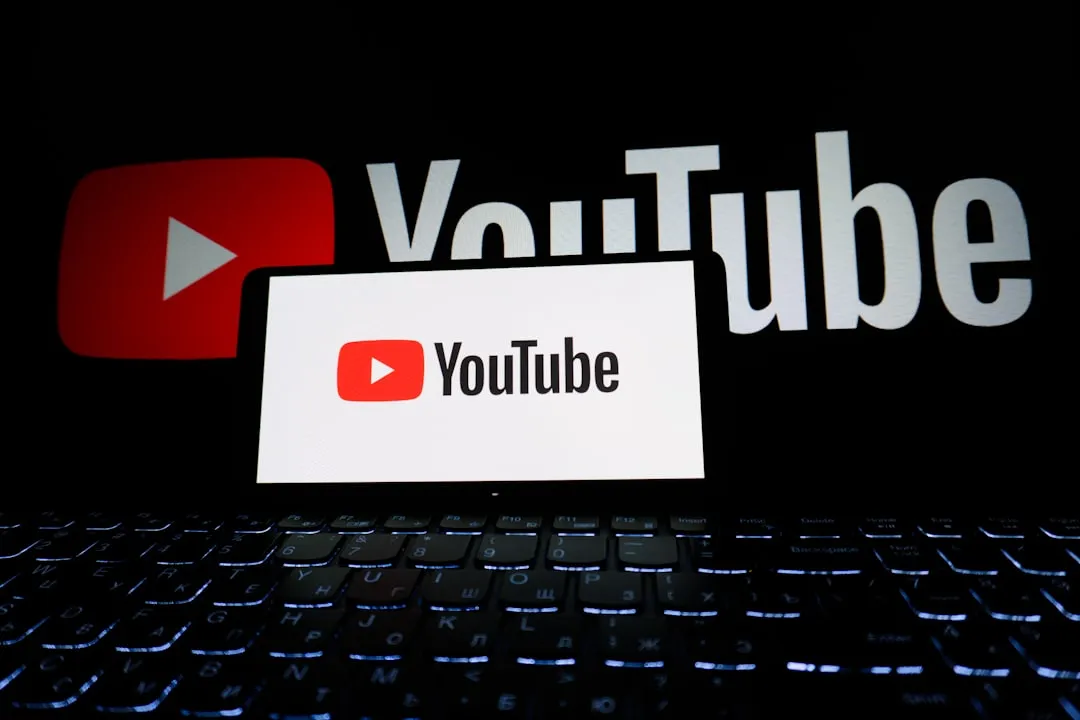After poor sales of last year's HTC 10 and the terriblereviews their first 2017 flagship received, HTC really needs the HTC U11 to succeed. But they're not taking things lying down, as they've come up with some interesting tech for their latest handset.
The biggest new feature in the HTC U11 is a squeezable frame that lets you launch custom shortcuts by applying pressure to the sides of the device. But the new phone also has a few more tricks up its sleeve, like built-in Alexa hotword detection and IP67 waterproofing. What still remains to be seen is whether these nifty features will be enough to keep the U11 from being yet another lackluster HTC flagship.
The Bottom Line
- Edge Sense lets you launch apps and perform actions by squeezing the phone.
- The HTC U11 does not have a 3.5 mm headphone jack.
- Comes with "Alexa" wake word detection, but also supports "OK Google."
- Available in June starting at $649.
Raw Specs
- Screen: 5.5-inch 1440p LCD (534 PPI)
- Dimensions: 6.05" x 2.98" x 0.31"
- Weight: 5.96 ounces
- Processor:Snapdragon 835 (octa-core, up to 2.45 GHz)
- Rear Camera: 12 MP resolution, 1.4 µm pixel size, f/1.7 aperture, OIS
- Front Camera: 16 MP resolution
- Storage: 64 GB (expandable via Micro SD)
- RAM: 4 GB
- Battery: 3,000 mAh
- Water & Dust Resistance: IP67 rating
- Headphone Jack: None
Edge Sense
The real show stopper here is a feature that lets you squeeze your phone to perform various actions — what HTC's calling "Edge Sense." The phone's frame is pressure-sensitive (but not touch-sensitive), and there's a pretty thorough settings menu where you can pick and choose how you want the phone to respond when you give it a little squeeze.
There are actually two ways to activate Edge Sense: Short squeeze or squeeze and hold. Each gesture can be assigned to a different action, and options include the ability to launch any app or a variety of shortcuts, including the default action of snapping a quick picture. Beyond that, you can even adjust the gesture's sensitivity to suit your preference.

Multiple Hotwords (Alexa on Android!)
Perhaps the most surprising revelation at HTC's unveiling was the fact that the U11 comes with multiple always-listening hotwords. This means that, like other Android phones, you can activate the Google Assistant by saying "OK Google" while the screen is off and locked. But the truly unique aspect here is that "Alexa" wake word detection works the same way — yes, the HTC U11 comes with Amazon's digital assistant built in.
HTC worked with Qualcomm to enable these multi-hotword features, which use a low-power core in the phone's processor to listen without draining battery. So to put it simply, the HTC U11 is the king of virtual assistants, as it will function like an Amazon Echo and a Google Home bundled into one device. In some markets, the phone will even support Baidu DuerOS hotword detection.

Class-Leading Rear Camera
On paper, the HTC U11's camera looks great — but according to DxOMark, it's even better than its raw numbers suggest. The U11 usurped the Google Pixel to tally the highest score of any smartphone ever tested by the camera review site, which is an impressive feat.
DxOMark notes that the U11 "features remarkably consistent performance in a wide variety of shooting conditions," and sings particular praises for the phone's ability to keep noise low in dimly-lit scenes. This just goes to show that megapixels don't matter anymore, and it's specs like the U11's giant 1.4 µm pixel size and wide f/1.7 aperture that can make all of the difference in the world.
Processor Gains
The HTC U11 comes equipped with Qualcomm's top-of-the-line Snapdragon 835 processor. It's the same chip that powers Samsung's Galaxy S8, but with HTC's Sense being considerably more svelte than Samsung's TouchWiz, we expect real-world performance to be a shade more fluid on the U11. If you'd like to learn more about the U11's CPU, you can read all of the juicy details at the following link.
Design & Build
It definitely seems like the days of HTC's legendarily rugged build quality are over. Instead of their signature solid milled aluminum chassis, both of the Taiwanese company's most recent flagships sport shiny glass backs with metal frames.
HTC's calling the new design "Liquid Surface" in reference to glass panels that curve slightly in all directions for better ergonomics. The company used a patented process to apply a bit of irridescense to the glass, which results in a unique look when combined with any of the five available colors: Amazing Silver, Sapphire Blue, Brilliant Black, Ice White, and Solar Red.

4 Microphones
One more thing that might jump out to any audiophiles reading: The U11 has a whopping four microphones. HTC is using this to power a system-wide noise-cancellation engine, which should result in clearer audio. They also demonstrated a feature called "3D sound" which used the mics to adjust and localize sound while recording video on the phone — pretty neat stuff!
Pricing & Availability
The HTC U11 will start at $649 and should hit shelves in June. Past HTC flagships have been available through all major US carriers, as well as retailers like Best Buy, and we don't expect the U11 to be an exception here. The price point is somewhat relieving, as the lesser HTC U Ultra somehow cost $100 more.
Our Take
Edge Sense is rather interesting. We can imagine tons of uses for the squeezing gestures, though you have to wonder how well will this work with a case, so the jury's still out. The one killer feature as we see it is the dual hotword setup — having both Alexa and Google Assistant could come in handy in many situations.
Not a single one of us here at Gadget Hacks is a fan of removing the headphone jack. When Apple did it with the iPhone 7, we knew others would follow suit. But what really stings here is that you're not getting a world-class Taptic Feedback engine, which is what Apple did with the extra space it reclaimed by removing the 3.5-mm plug. Nor are you getting a super-slim phone like the Moto Z, so it just feels like a waste.
HTC certainly didn't apply any of the "reclaimed" space towards a bigger battery. 3,000 mAh isn't terribly large (in fact, it's a bit on the small side for a phone with a 5.5-inch QHD screen), and it's the same size HTC used in the U Ultra, which was reamed by reviewers for wasting space. HTC appears to have used at least some of the extra space for its quad-microphone setup, which is nice, but far less practical than days-long battery life.
Overall, the HTC U11 is a hard sale on paper, especially considering the competition at that $649 price point. We can see die-hard HTC fans picking this device, but brand-neutral consumers will likely lean towards more capable competitors such as the Galaxy S8 or LG G6. But we'll reserve final judgment until we can actually get our hands on the device.
What are your thoughts on the HTC U11? Let us know in the comment section below.
- Follow Gadget Hacks on Facebook, Twitter, Google+, and YouTube
- Follow Android Hacks on Facebook, Twitter, and Pinterest
- Follow WonderHowTo on Facebook, Twitter, Pinterest, and Google+
Cover image and screenshots via HTC/YouTube























Comments
Be the first, drop a comment!